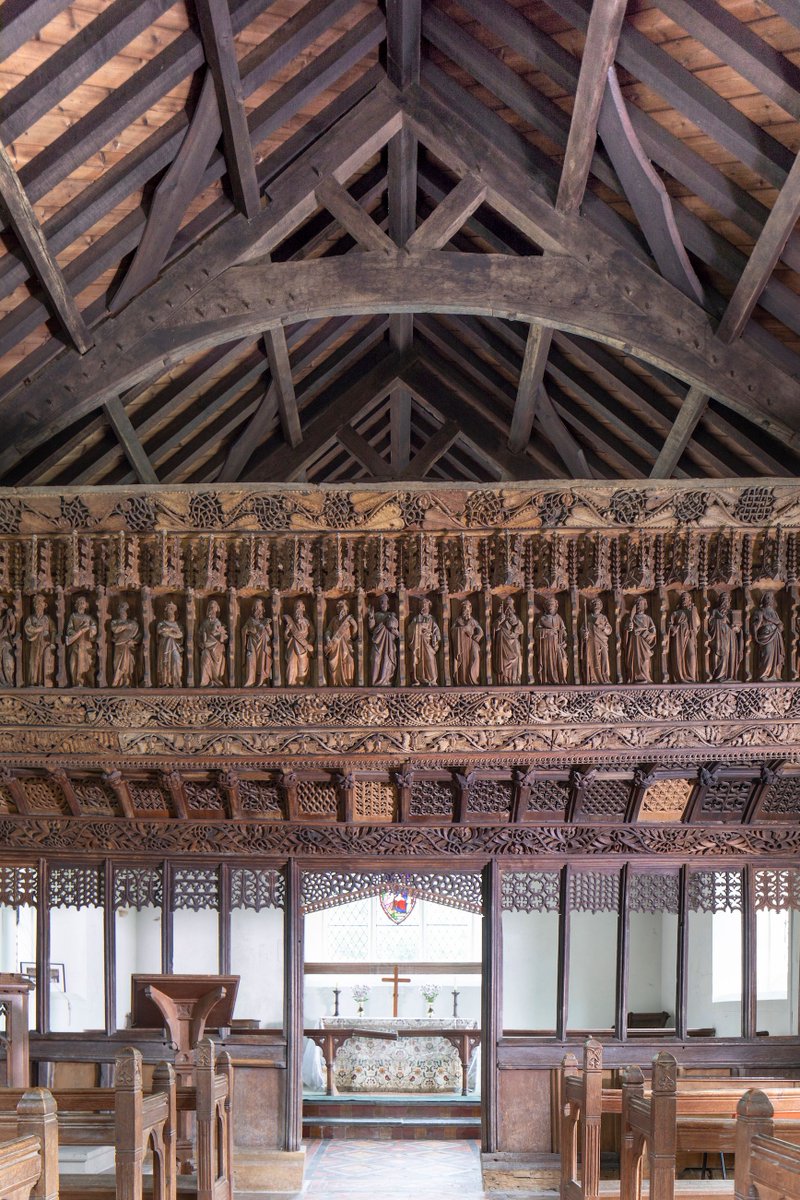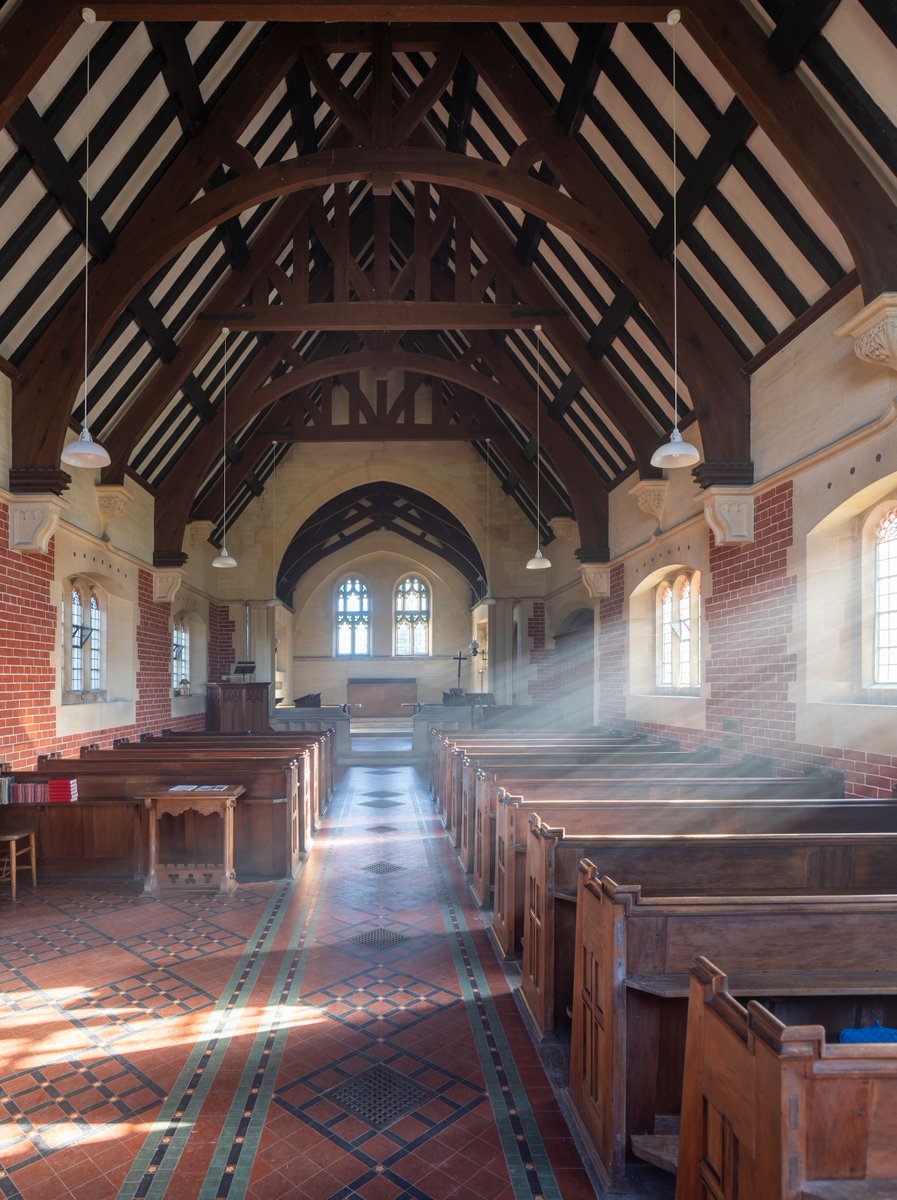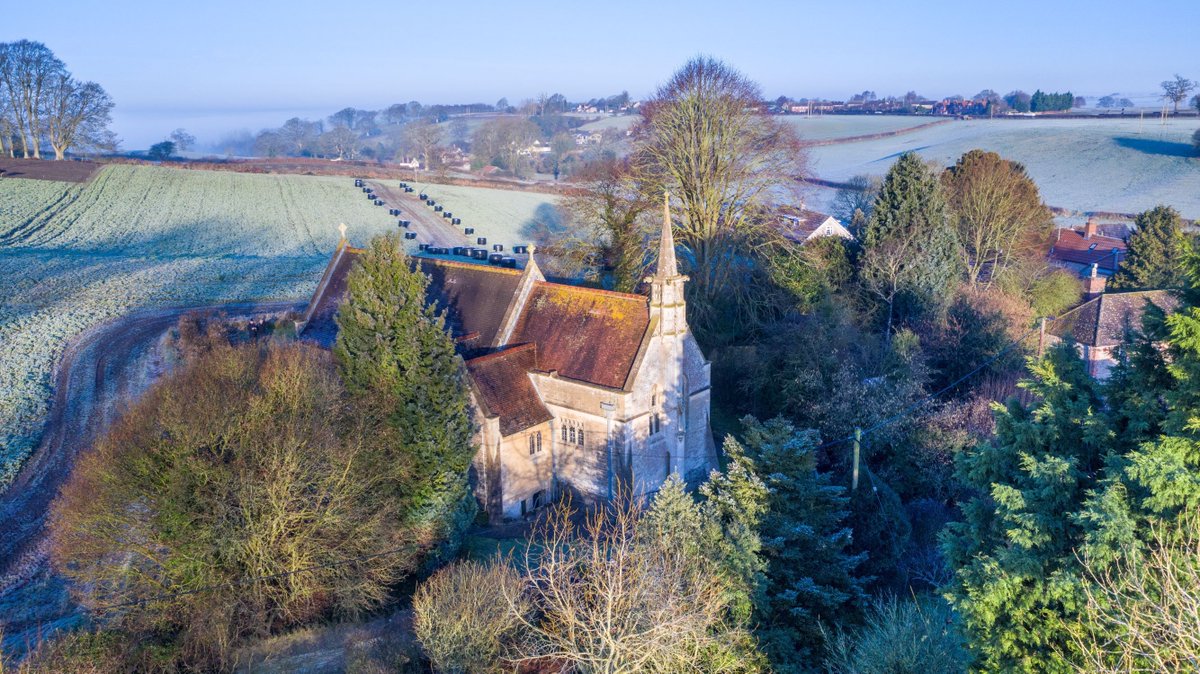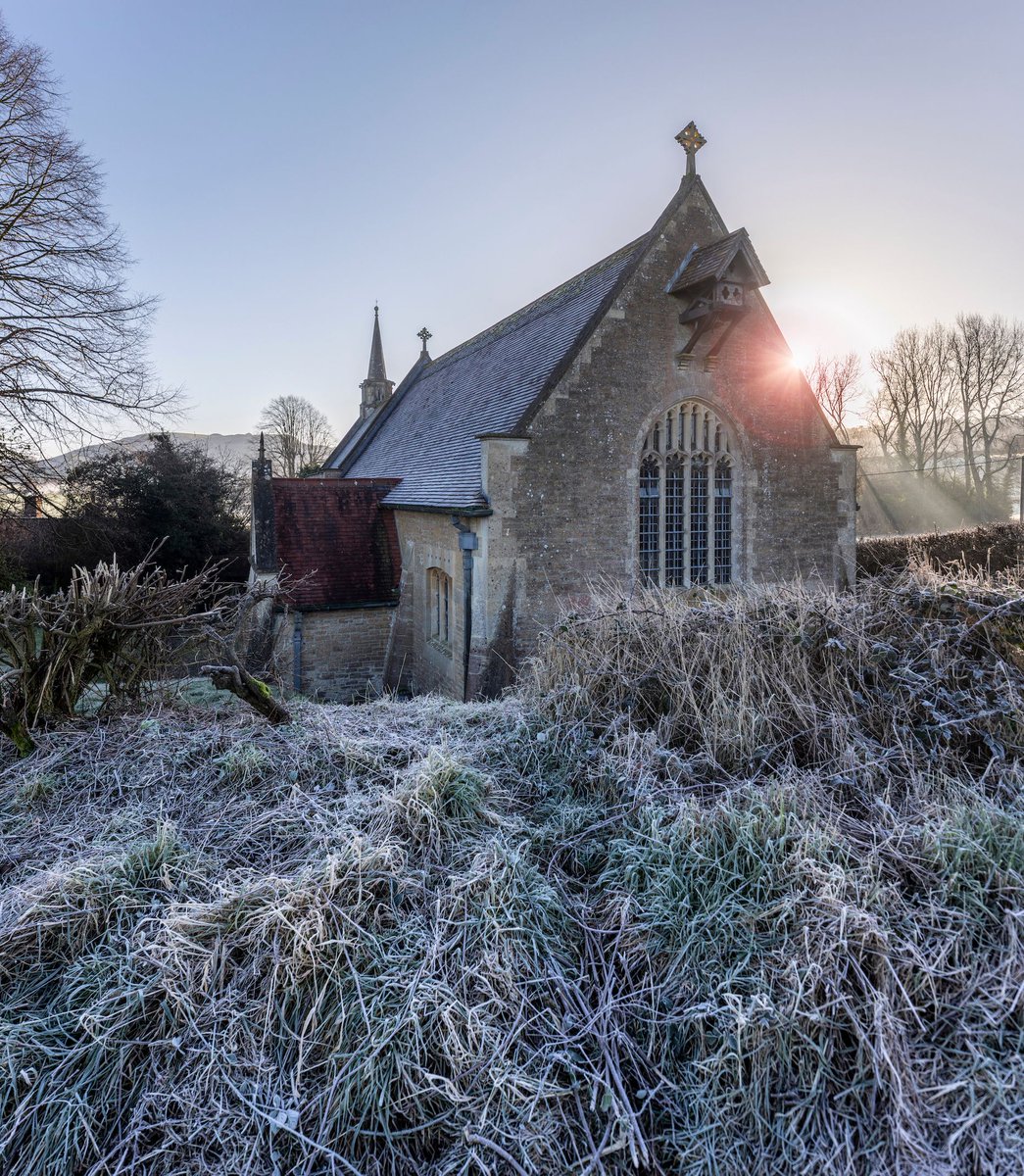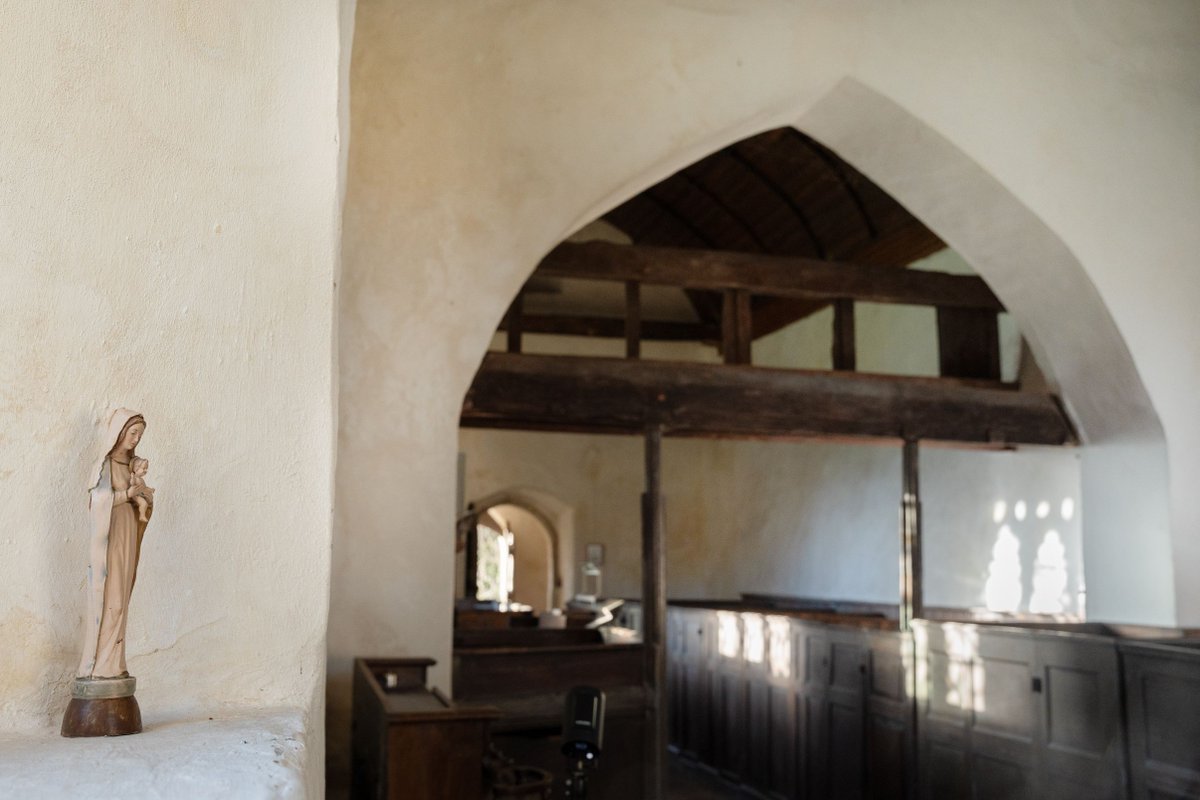This image of the Llananno screen has always spoken to us. We love that you can see the human hands that carved it over 500 yrs ago in the way the timber thins and thickens, the shapes squeeze and spread..
The design is restless, alive.
And it inspired our new logo.
#thread
The design is restless, alive.
And it inspired our new logo.
#thread

The eagle-eyed among you might have noticed that we've updated our profile photo. The egg-yolk yellow logo was inspired by the perfectly imperfect quatrefoils in the majestic medieval roodscreen of St Anno's, Llananno, Powys.
2/
2/

This screen has borne the whips and scorns of time.
Candle wax streaks, beetles gnawed the oak, hands gripped the frame, bats roosted in the loft, the roof leaked, worshippers left - and came back.
This screen - chipped, cracked, crumbled, surviving - has seen it all.
3/
Candle wax streaks, beetles gnawed the oak, hands gripped the frame, bats roosted in the loft, the roof leaked, worshippers left - and came back.
This screen - chipped, cracked, crumbled, surviving - has seen it all.
3/

To us, these tiny toppling quatrefoils captured so much of what we love about places of worship, and they seemed to be the perfect symbol to have as our logo.
We started out with some monochrome shapes…
4/
We started out with some monochrome shapes…
4/

From here, we stripped back to bright yellow, a sort of teal-blue and a Brithdir terracotta (TM) …
And it comes stacked and as a line… to suit every scenario.
6/


And it comes stacked and as a line… to suit every scenario.
6/



But the logo isn't all that's new.
We're excited to tell you that we have re-launched our website. You'll find that as well as a new look, we've designed the site to make it easier to find information on our churches, and to support our work.
friendsoffriendlesschurches.org.uk
7/
We're excited to tell you that we have re-launched our website. You'll find that as well as a new look, we've designed the site to make it easier to find information on our churches, and to support our work.
friendsoffriendlesschurches.org.uk
7/

Do take a look and tell us what you think: friendsoffriendlesschurches.org.uk
We've still got *a lot* more to do, but we hope you like what you see so far…
And in the meantime…
8/
We've still got *a lot* more to do, but we hope you like what you see so far…
And in the meantime…
8/
1. Thank you to the Newton School of Carvers in Montgomeryshire, Wales for their carving of 1500 and the inspiration it continues to give.
2. Thank you to @fotofacade for taking these photos that captured our imagination.
3. Thank you to *you* for your continued support!
9/
2. Thank you to @fotofacade for taking these photos that captured our imagination.
3. Thank you to *you* for your continued support!
9/

• • •
Missing some Tweet in this thread? You can try to
force a refresh




